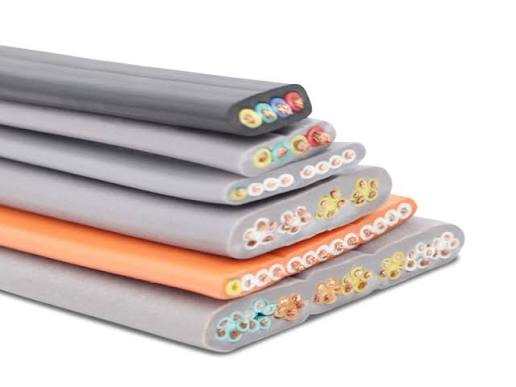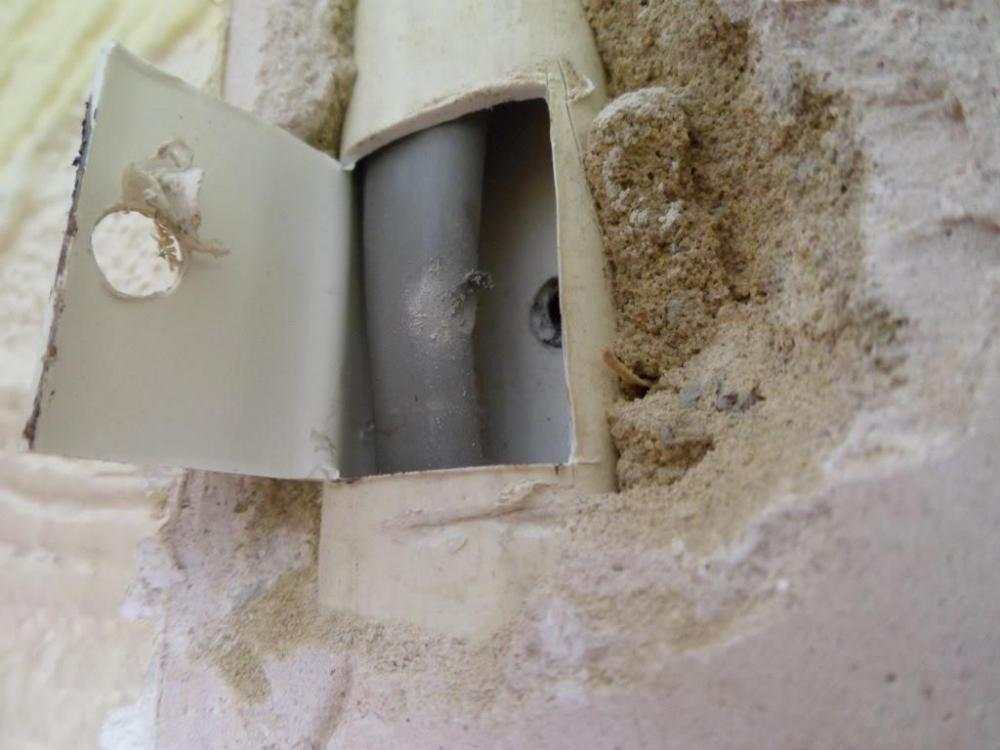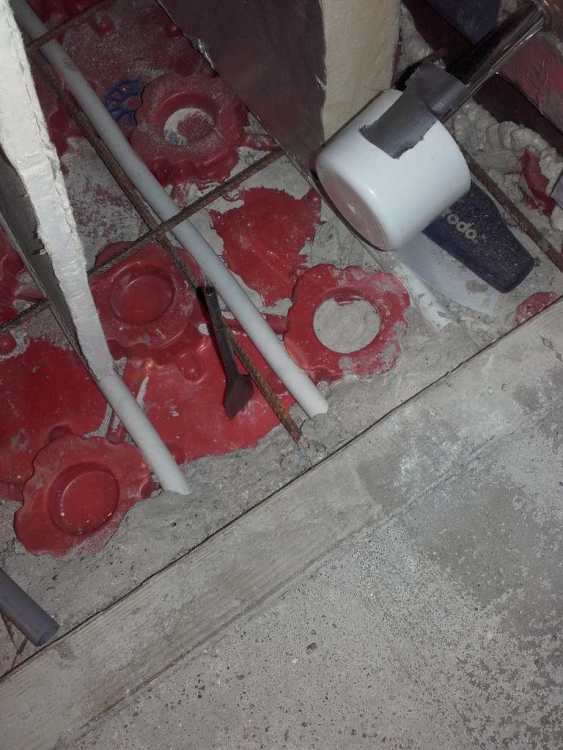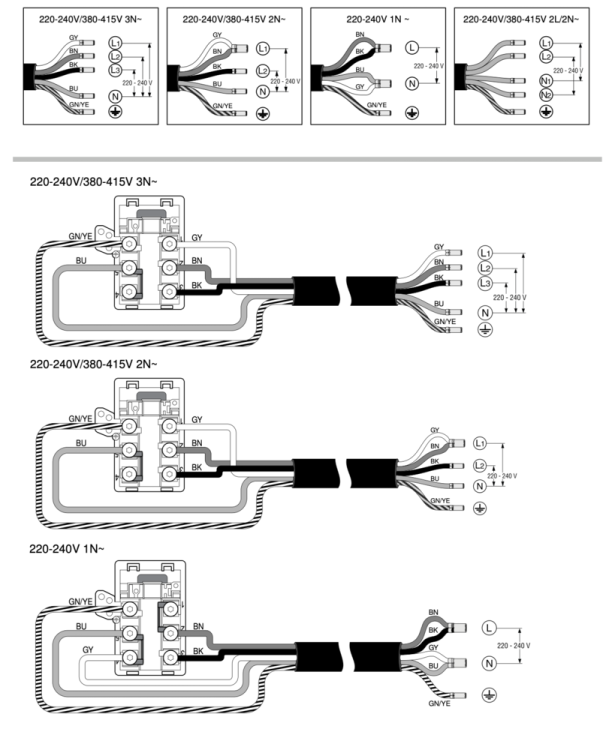-
Posts
20935 -
Joined
-
Last visited
-
Days Won
206
Everything posted by Onoff
-
As above why not cross batten the ceiling with 50mm timbers to form a service cavity and reboard. Leave some batten gaps so you can add lights later if you want. That way your insulation layer remains in one piece with no penetrations.
-
Heras fencing with a dense camo net over it?
-
Make sure too that those black waste pipe fittings haven't just been pushed on loose, i.e no solvent weld. Could be leaking down inside the cavity.
-
I think most of us suspected an overflowing roof gutter. There still appear to be some lines of greenery in the mortar joints above that pipe joint. You're in a world of fun here! That round waste pipe to square down pipe arrangement is a bit of a bodge. Normally you'd go from round waste pipe to round down pipe with a solvent weld, strap on boss like this. https://pipescenes.co.uk/shop/soil-waste/40mm-1-5-waste/solvent-fittings-40mm-1-5-waste/black-fittings-solvent-fittings-40mm-1-5-waste/black-3-82mm-x-40mm-43mm-boss-clip-strap-boss-1-1-2-glued-solvent-adaptor/ I don't think they do similar for square down pipe? You can get a pure solvent weld boss like this that could fit into the square pipe. Depends though on the dia of the waste pipe coming in: https://pipescenes.co.uk/shop/soil-waste/40mm-1-5-waste/solvent-fittings-40mm-1-5-waste/black-fittings-solvent-fittings-40mm-1-5-waste/black-3-82mm-x-40mm-43mm-boss-clip-strap-boss-1-1-2-glued-solvent-adaptor/ Consider changing the down pipe to a round one along with associated support brackets and getting a compatible, solvent weld strap on boss. Different makes may be slightly different diameters. Enough to make it a pita if you mix makes. Lots of variables for what might seem a little job. How is that joint done at the moment, I suspect just a hole drilled in the square pipe and the other one poked through? Don't go ordering any of the linked bits btw! A relatively straightforward job if you're a bit handy and have a good selection of tools, hole saws etc a potential pita if you haven't. Me, I'd work with what's there and 3D print an adapter that I'd CT1 on. But then I'm handy and have all the tools. A quick fix would indeed be a tube of black CT1 and run a bead around that joint.
-
Zanussi combi oven/microwave tripping fuse
Onoff replied to Adsibob's topic in Electrics - Kitchen & Bathroom
The capacitor on my microwave combi was duff. -
Ffs, I’m going to take up darts!
Onoff replied to crispy_wafer's topic in General Self Build & DIY Discussion
Many years ago as a lift engineer's mate. Went to a site to help out. Governor was spitting feathers and everyone was coming in for it. One of the not so bright labourers had been tasked with opening out some holes in a load of plates. He'd made himself a "bench" by stacking a couple of cable drums on top of each other. Unfortunately these were full rolls of the specially ordered flat form cable... -
Ffs, I’m going to take up darts!
Onoff replied to crispy_wafer's topic in General Self Build & DIY Discussion
Posted before but I suspected what I found when I carefully excavated. The previous owner had put a dinner gong directly above the light switch: -
Ffs, I’m going to take up darts!
Onoff replied to crispy_wafer's topic in General Self Build & DIY Discussion
-
There's a definite "water course" from above as evidenced by the greenery in the vertical joints.
-
You first need to rake out anything loose: You can repoint using a hawk and finger trowel. This guy makes a nice job: For repointing I like using and have a few mortar guns. I had a Faithful type one but RUINED it by trying to gun a mix that had sharp sand through it. As the chap alludes to in the video, use the proper sand. I can't disagree with anything this he says. For admix I like this: https://www.amazon.co.uk/Everbuild-ILW5L-Integral-Liquid-Waterproofer/dp/B00133HA1A At the mo I've a couple of the slim silver type guns. One branded Roughneck and one slightly shorter tube wise but otherwise identical from Lidl and sold under the Parkside brand as a silicone/caulk/grouting gun! Simply not as good as the Faithful type.
-
Your wish etc, fire up the X1C man! https://www.thingiverse.com/thing:4274516
-
Might be something here if a bit's broken: https://www.thingiverse.com/search?q=Geberit&page=1
-
I'd 3D print a jig.
-
Late to the party but 2 phase is pretty common in Europe. Typically oven wiring diagram. Options for single, two or three phase depending on the supply:
-
My mate, a niche industry steel fixer, had something on the lines of ".....clear site of any materials superfluous and/or deleterious to the fix". The main company he worked for would often mess up either over or under supplying parts. The times they over supplied he'd put it back in his stores. Meant he could grab anything they were short of that evening and sort the next day rather than going back to the firm with the associated hassle. Also if another contractor left a box of bolts or screws on his install it got removed and put back in his stores.
-
I'll bet Illbrück FM330 is a darn site more flexible at this junction where you could have settling/movement. It's like no other expanding foam tbh. Forms an airtight almost rubber like skin. Reassuringly expensive too.
-
A last resort is to hammer a small Torx screwdriver bit into the seized/rounded off hex of the grub screw. I've found a lot of those screws to made of very soft, Chinesium monkey metal.
-
Possibly Imperial Allen keys.
-
Just been told by our leccy supplier though they can fit a smart meter it will only act as a dumb meter as the phone signal is so bad down here. Means I can't take advantage of a lower EV charging tariff. Would the kit you use help?
-
Surge protection, fuses and MCBs in loft from PV array.
Onoff replied to jimseng's topic in Photovoltaics (PV)
Just jumping in here ref the SWA thing. I know zero btw about PV. Just upgraded the house to garage supply from 4 to 16mm² SWA. Gone from overhead to ducted/underground. I sized it for 1% voltage drop with a nod to future PV. The plan is PV panels on the garage, with the inverter & batteries there. Presumably the normal SWA between garage and house will be fine as that will only have AC on it? -
Joking aside the worst thing I did was not use a tile levelling system.
-
Makes my tiling look good!
-
My dad, a British Gas pensioner always swore by their service back in the day. He had an oil boiler fitted to an old system that originally had a coal boiler. In the last few years it developed multiple issues, required loads of new parts etc. They tried making it a sealed system etc. At one point they even removed the mag filter that they had originally fitted. Utter farce.










